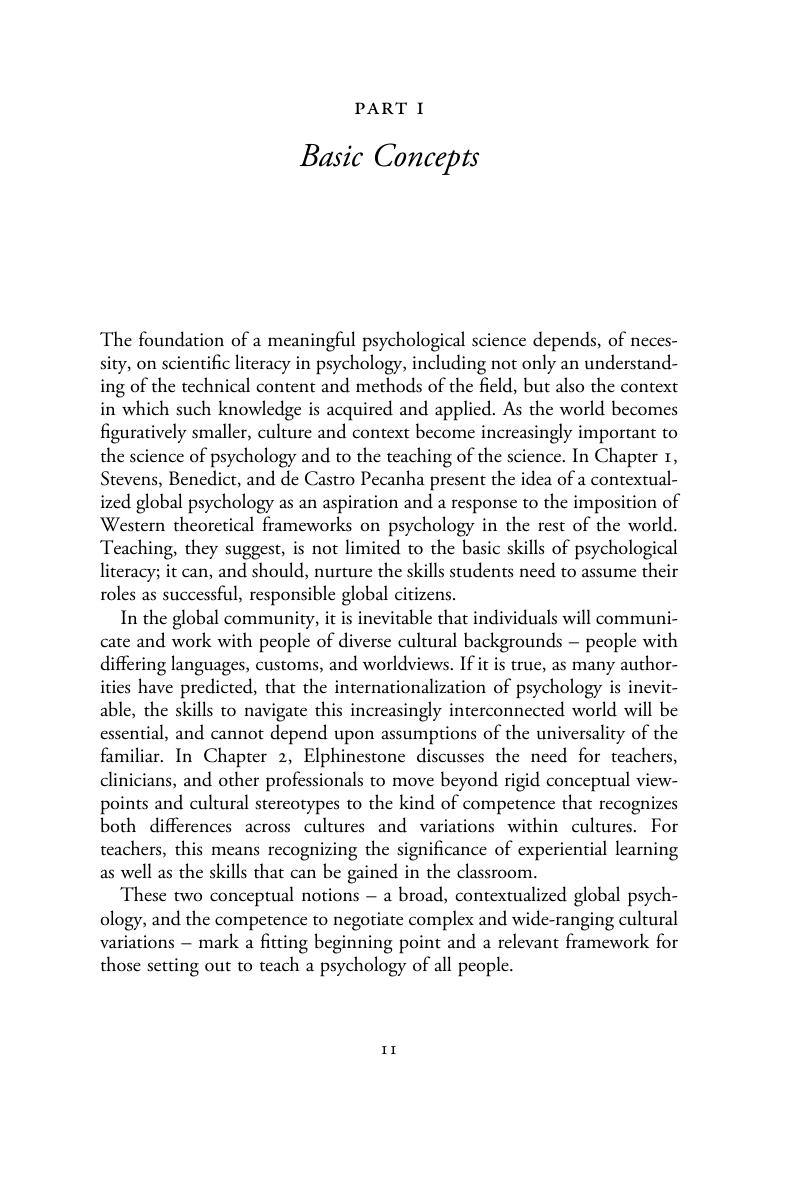Part I - Basic Concepts
Published online by Cambridge University Press: 30 March 2018
Summary

- Type
- Chapter
- Information
- Culture across the CurriculumA Psychology Teacher's Handbook, pp. 11 - 68Publisher: Cambridge University PressPrint publication year: 2018
References
References
References
- 2
- Cited by



